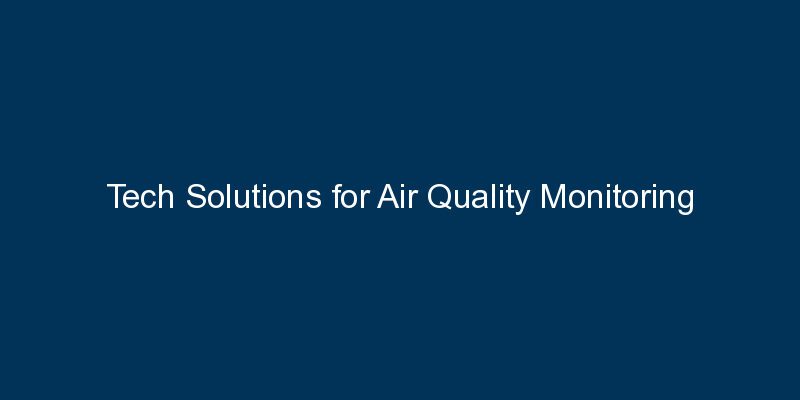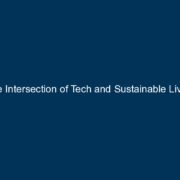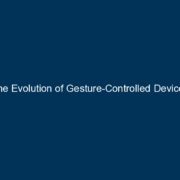In an era where environmental concerns are at the forefront of global discussions, ensuring good air quality has become more critical than ever. Technological advancements have played a pivotal role in addressing this issue, offering innovative solutions for air quality monitoring. This blog explores the cutting-edge tech solutions that are shaping the future of air quality monitoring, providing insights into their functionalities and the impact they have on public health and the environment.
Understanding the Importance of Air Quality Monitoring
Before delving into the tech solutions, it’s crucial to recognize the significance of monitoring air quality. Poor air quality can have severe consequences on human health, leading to respiratory issues, cardiovascular diseases, and other health problems. Additionally, it contributes to environmental degradation, affecting ecosystems and biodiversity. Therefore, efficient air quality monitoring is essential to identifying pollutants, implementing timely interventions, and fostering a healthier living environment.
Sensor Technologies for Real-time Monitoring
Internet of Things (IoT) Sensors
IoT sensors have revolutionized air quality monitoring by providing real-time data on various pollutants. These sensors can be strategically placed in urban areas to continuously collect information on pollutants like particulate matter, nitrogen dioxide, and ozone. The data generated is then transmitted to a central server, allowing authorities to make informed decisions regarding air quality management.
Low-Cost Portable Sensors
Advancements in sensor technology have led to the development of low-cost portable sensors that individuals can use to monitor air quality in their immediate surroundings. These compact devices are equipped with various sensors to detect pollutants, enabling users to make informed choices about outdoor activities and reduce personal exposure to harmful air pollutants.
Satellite-Based Monitoring Solutions
Remote Sensing Technologies
Satellite-based monitoring solutions provide a comprehensive and large-scale view of air quality. Remote sensing technologies, such as those employed by satellites, can measure air pollutants on a global scale. This data is invaluable for understanding regional and international air quality trends, facilitating collaborative efforts to address cross-border pollution issues.
Data Analytics and Artificial Intelligence
Predictive Analytics
The integration of data analytics and artificial intelligence (AI) has enhanced the predictive capabilities of air quality monitoring systems. By analyzing historical data, these systems can predict future air quality trends, helping authorities implement proactive measures to mitigate pollution levels before they become critical.
Machine Learning Algorithms
Machine learning algorithms are employed to process vast amounts of data collected by air quality monitoring systems. These algorithms can identify patterns, sources of pollution, and correlations between different pollutants. This level of data analysis enables more targeted and effective strategies for air quality improvement.
Integration with Smart City Initiatives
Smart City Platforms
Many cities around the world are adopting smart city initiatives, and air quality monitoring is often a crucial component of these plans. Integration with smart city platforms allows for a holistic approach to urban development, where air quality data is combined with other data sources to optimize city planning, transportation systems, and public health initiatives.
Conclusion
In conclusion, the evolution of technology has ushered in a new era of advanced solutions for air quality monitoring. From IoT sensors providing real-time data to satellite-based remote sensing technologies offering a global perspective, these innovations contribute significantly to our ability to monitor and address air pollution effectively. The integration of data analytics and artificial intelligence further enhances our predictive capabilities, enabling us to implement proactive measures for a healthier and more sustainable future. As tech solutions continue to advance, the synergy between technology and environmental stewardship holds the promise of cleaner air and improved well-being for communities worldwide.



















Comments